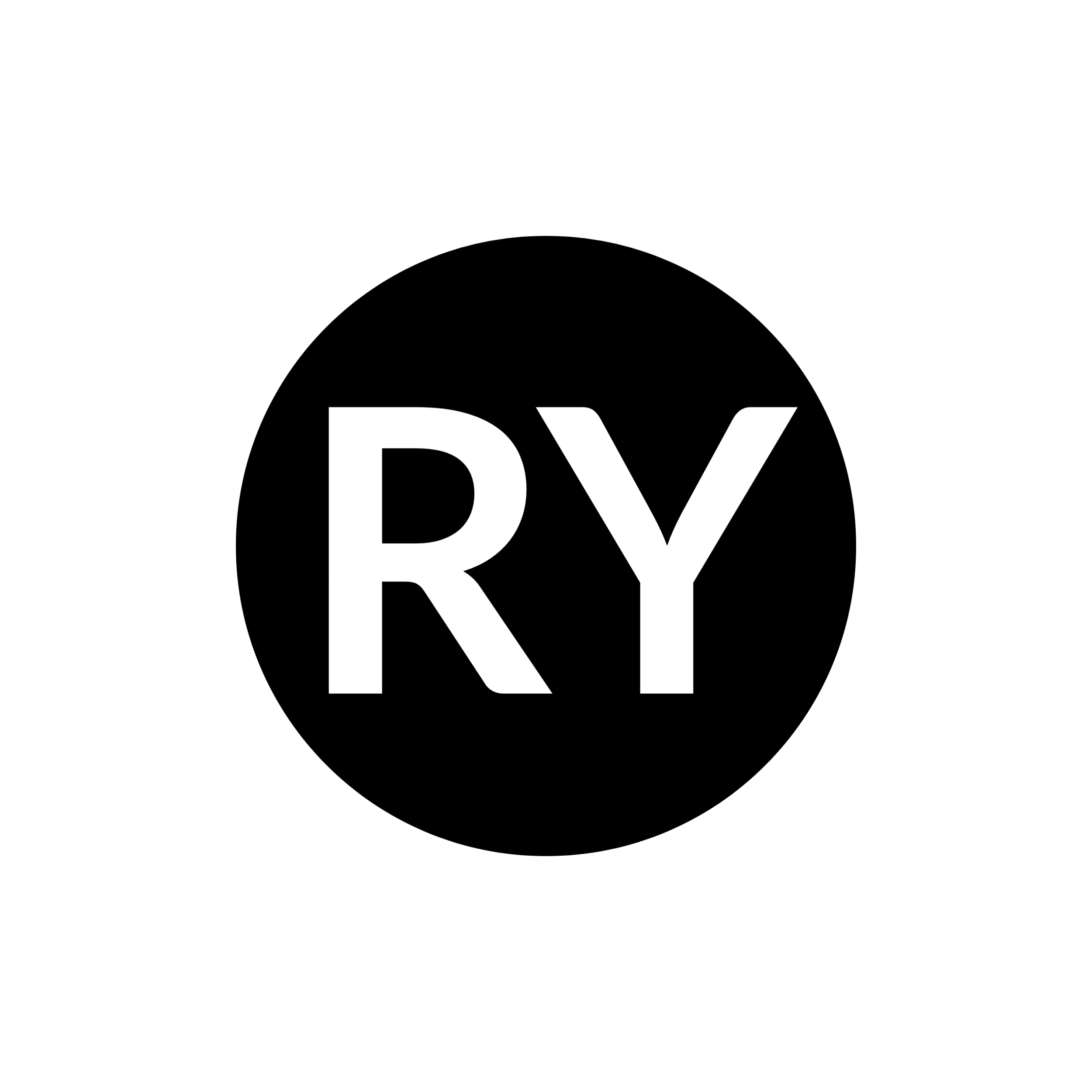Beauty Industry Marketing Trends: Strategies to Watch for in 2023
Like most economic sectors, beauty industry marketing trends continue to evolve heading towards 2023. On the digital front, these trends quickly propel small manufacturers to globally renowned players.
With the new year rapidly approaching, influencer marketing and Instagram implementation jump to the front of the line for many brands. Equally as important? The customer experience and finding unique methods to enhance it across the board.
Influencer Marketing Leads the Way Amongst Beauty Industry Marketing Trends
Over the past decade, the rise of influencer marketing quickly became one of the most prolific advertising methods. As a matter of fact, the influencer marketing industry reached $16.4 billion in 2022. Therefore, it’s no wonder that influencer involvement holds a massive foothold among beauty industry marketing trends.
For brands, influencer power stems from their ability to directly connect with their audiences. Furthermore, influencers do so through more of an authentic approach. As an invaluable asset to the beauty world, brands harness influencers to advertise products, generate awareness, and make sales using affiliated links or unique codes. Typically, influencers receive a percentage of sales, along with a hefty upfront price.
For the approach itself, influencers directly show off the product on a real person. Again, this authentic approach better blends with advertising with the human experience. Notably, this is one of the key reasons why influencers maintain their popularity: they seem like regular people doing regular things.
While many brands jump to major influencers with millions of followers, micro influencers can be just as influential. For micro influencers, they’ve accrued a small network of followers. However, this offers a hyperlocal or niche approach to influencer marketing instead. Just as effective, micro influencers collaborate with brands on getting their products in front of the right target audience.
Creating an eCommerce Experience Through Instagram Marketing
For an industry based on looks, beauty brands gravitate naturally to social media platforms like Instagram. As a visual digital channel, Instagram maintains its popularity in the beauty space. Despite its longstanding popularity, rising social media channels like TikTok and BeReal offer alternatives for consumers.
But Instagram doesn’t take the challenge lightly. Among beauty industry marketing trends, Instagram persistently adapts to the desires of its consumers. Particularly, Instagram introduced a plethora of new features over the past couple years. To start, Instagram unveiled stories, reels, collaborative content, and eCommerce solutions.
For businesses, these additions greatly add to their digital marketing and advertising approach. In the beauty space, brands tend to fully utilize each of these. Ultimately, beauty brands strive to create new collaborative eCommerce opportunities. With collaborative posts and affiliate links, Instagram makes virality accessibility to its brands in need.
Honing the Digital Customer Experience Via Chat and Augmented Reality
As the old adage goes, “the customer is always right”. This careful approach to user experience allows brands to stand out amongst competitors. However, many companies struggle with driving online sales. Similar to clothing, beauty brands find it more difficult than other businesses to bring their business online. Simply put, people want to know if something makes them look good before they buy.
At first glance, brick-and-mortar stores hold a distinct advantage. But honing the digital customer experience ranks highly among the latest beauty industry marketing trends. In recent years, many companies brought on chat and augmented reality solutions to help with the transition.
Comparable to many businesses, the website represents the digital storefront and a brand’s online headquarters. Chatbots and other customer service tools aid customers throughout the shopping experience. Not only do they curb the virtual loneliness, they offer a helping hand at a moment’s notice.
Additionally, augmented reality (AR) shopping continues to progress in online adoption. Moreover, many beauty brands grant customers the ability to virtually ‘try on’ certain projects. Through AR, customers seamlessly apply fashion items to a picture or model of their face to better gauge how it looks.
Tap into the Latest Beauty Industry Marketing Trends with Rizzo Young
With the hottest beauty industry marketing trends, adaptation is key. Like with any business, making quick decisions in a rapidly changing space can be the difference from accruing market share and falling behind.
Although influencer marketing has been around for a while, the dawn of micro influencers offers new avenues for local beauty brands. Similarly, Instagram was founded back in 2010. But just like any successful social media network, Instagram continues to enhance its user experience through new eCommerce tools.
More recently, virtual customer experience has risen in importance. With thorough chat implementation, brands gain just as much accessibility as they have in the brick-and-mortar world. In addition, improving augmented reality solutions offer new channels for the “try, before you buy” approach.
To launch your strategy in 2023, schedule an intro conversation with the digital advertising and branding specialists at Rizzo Young Marketing LLC.
